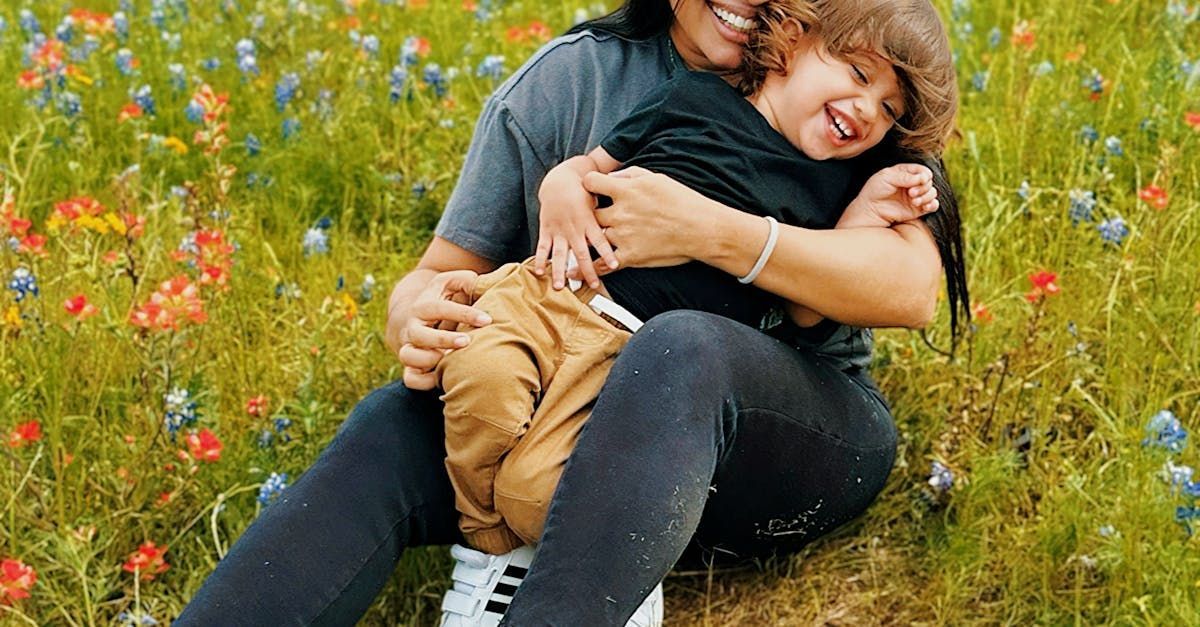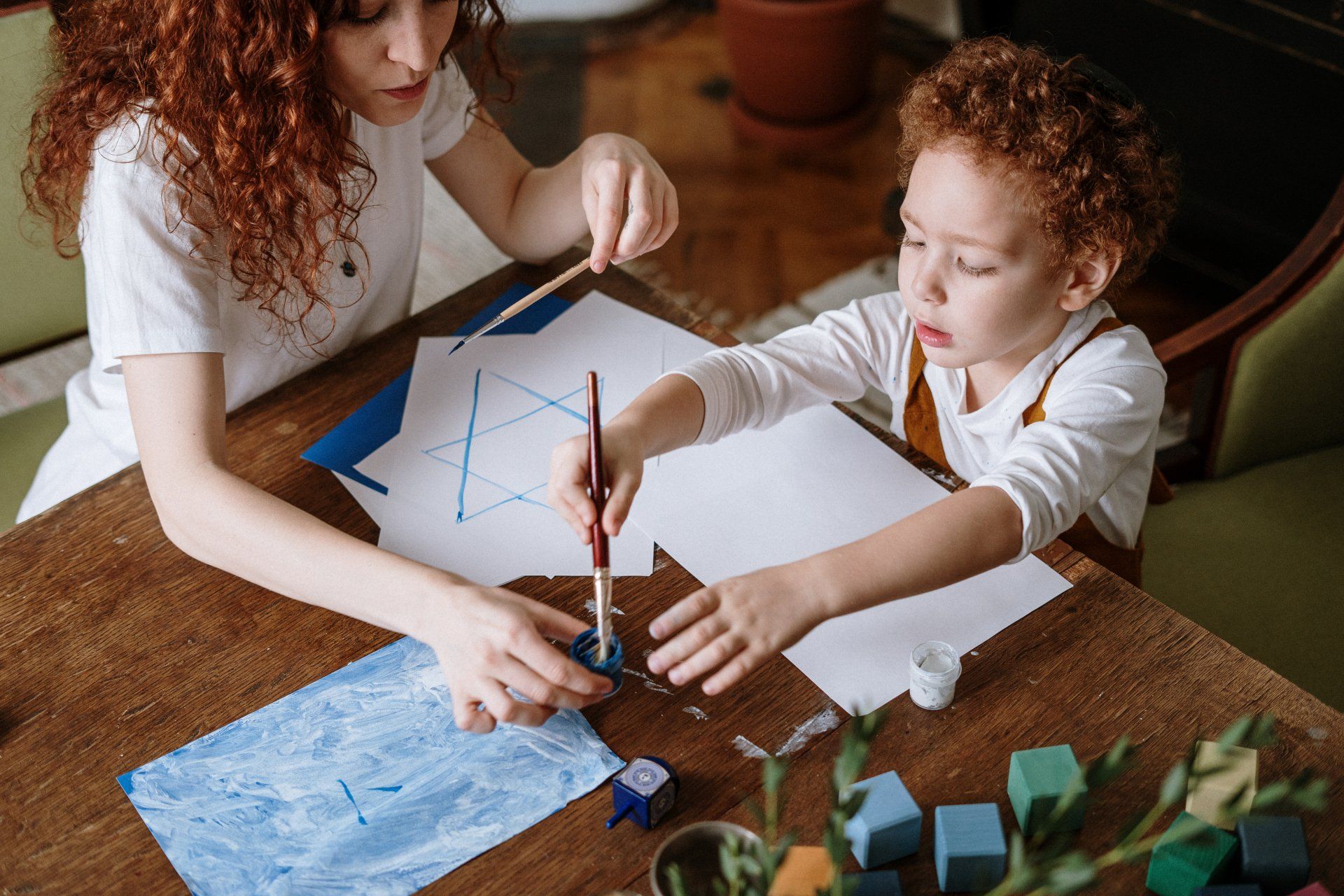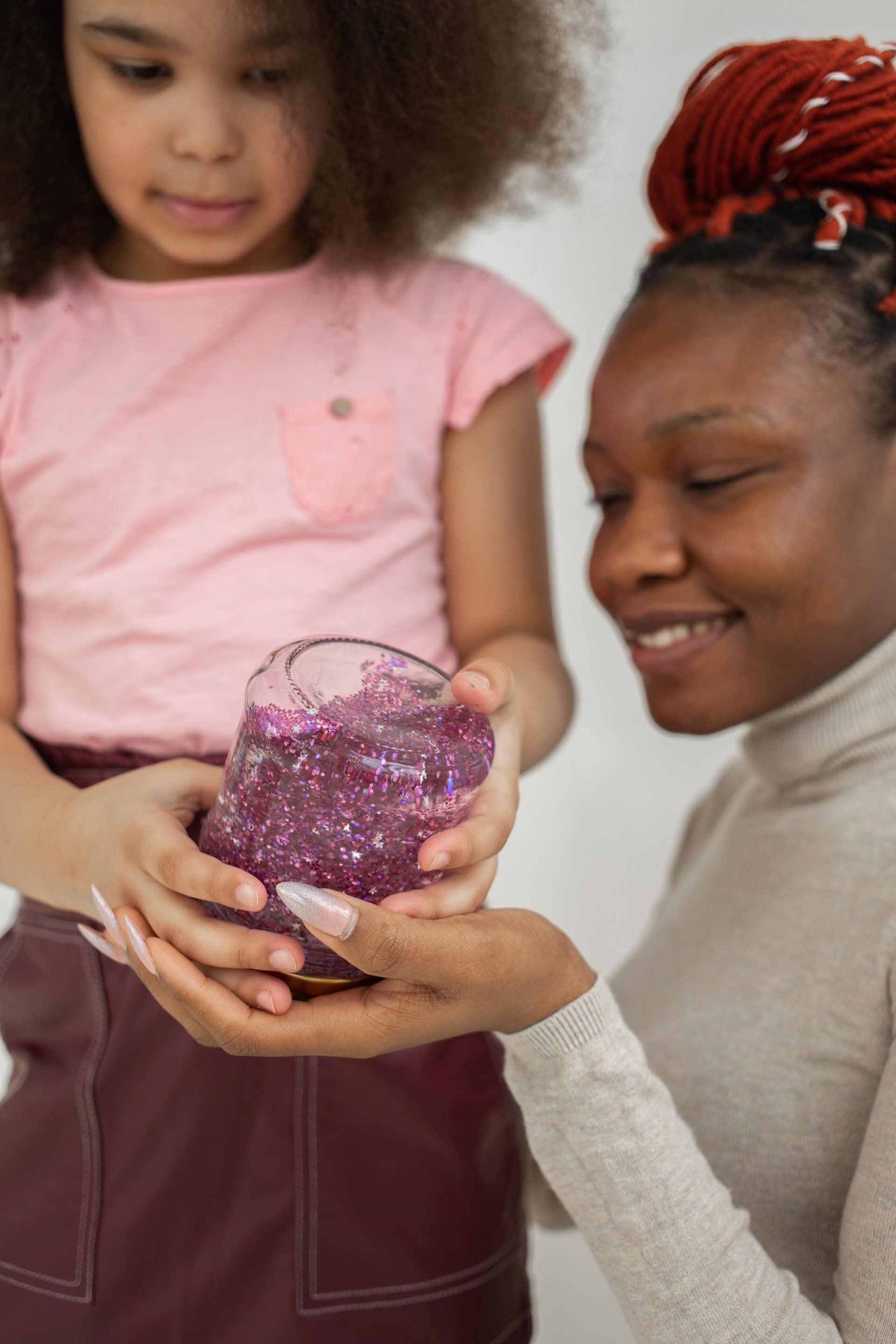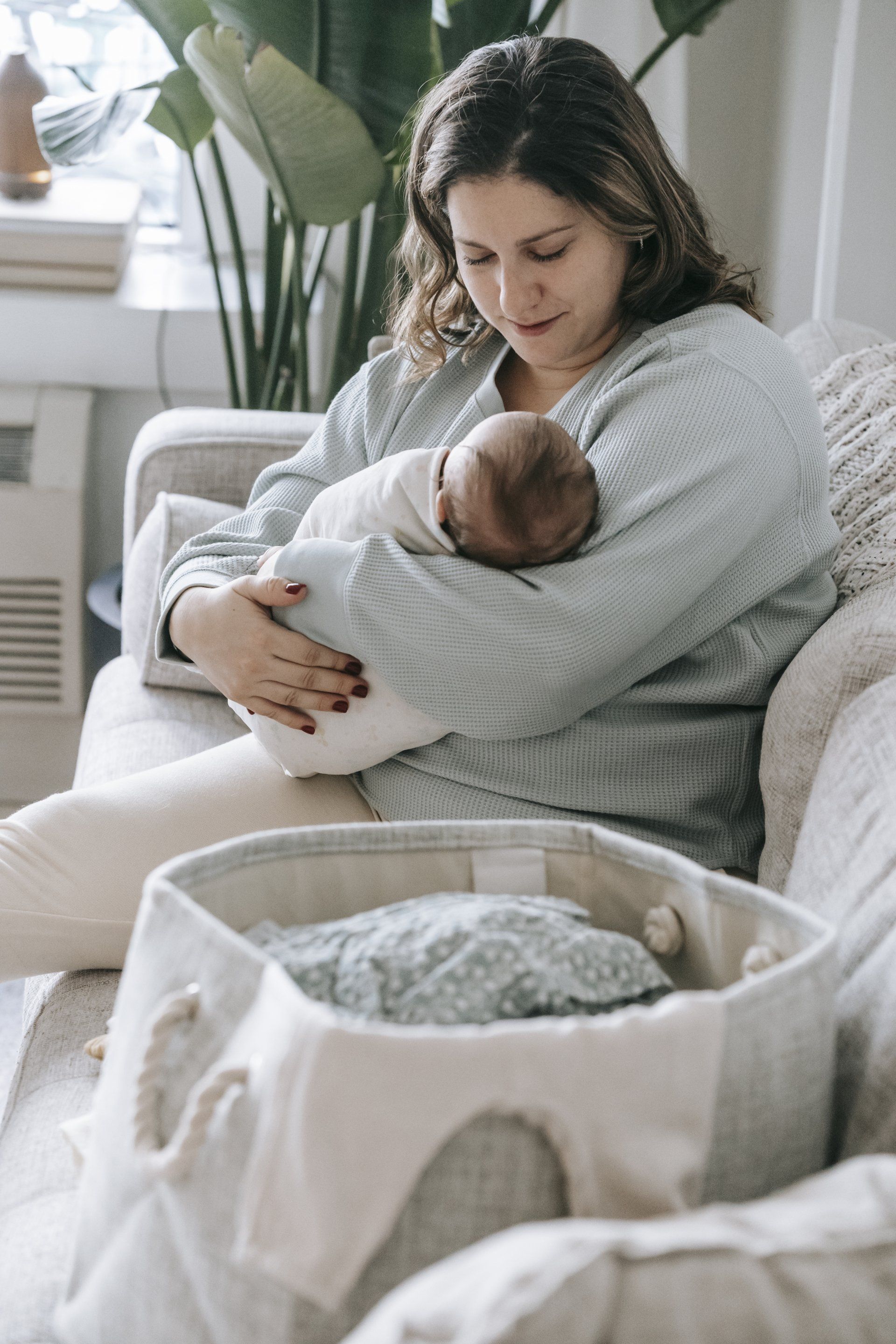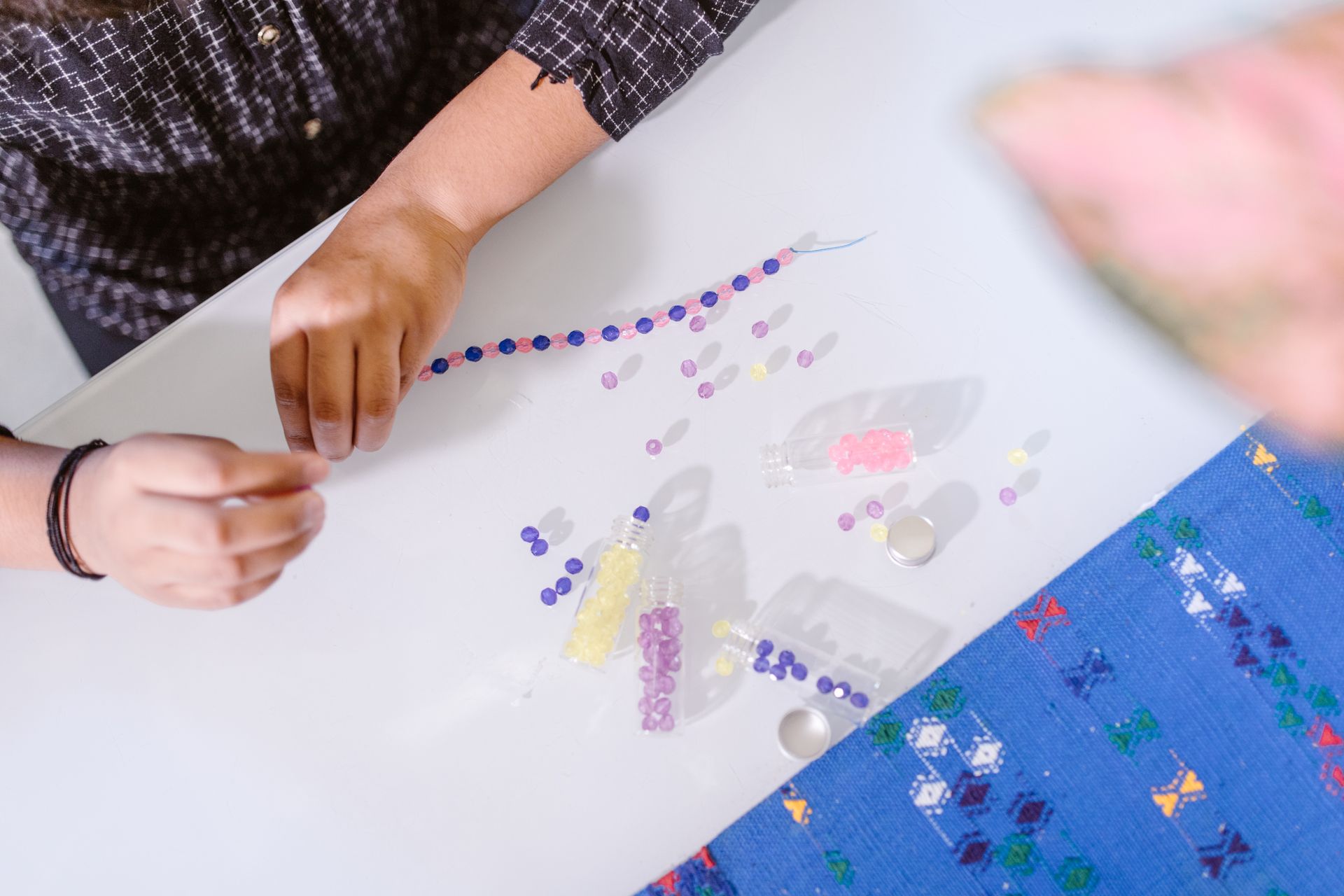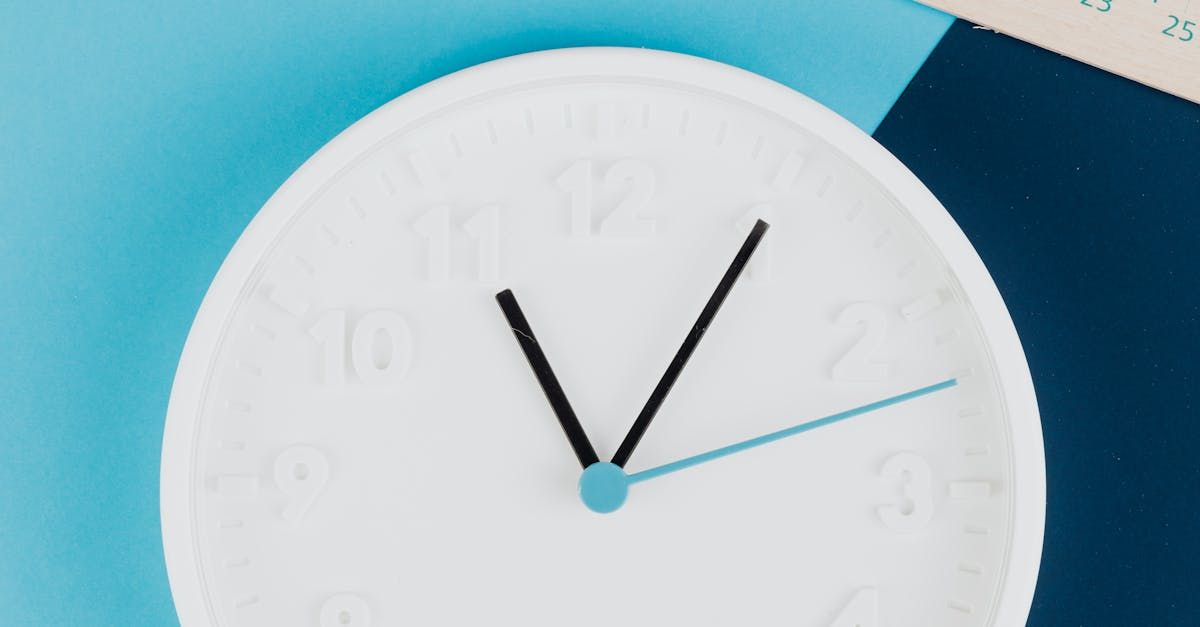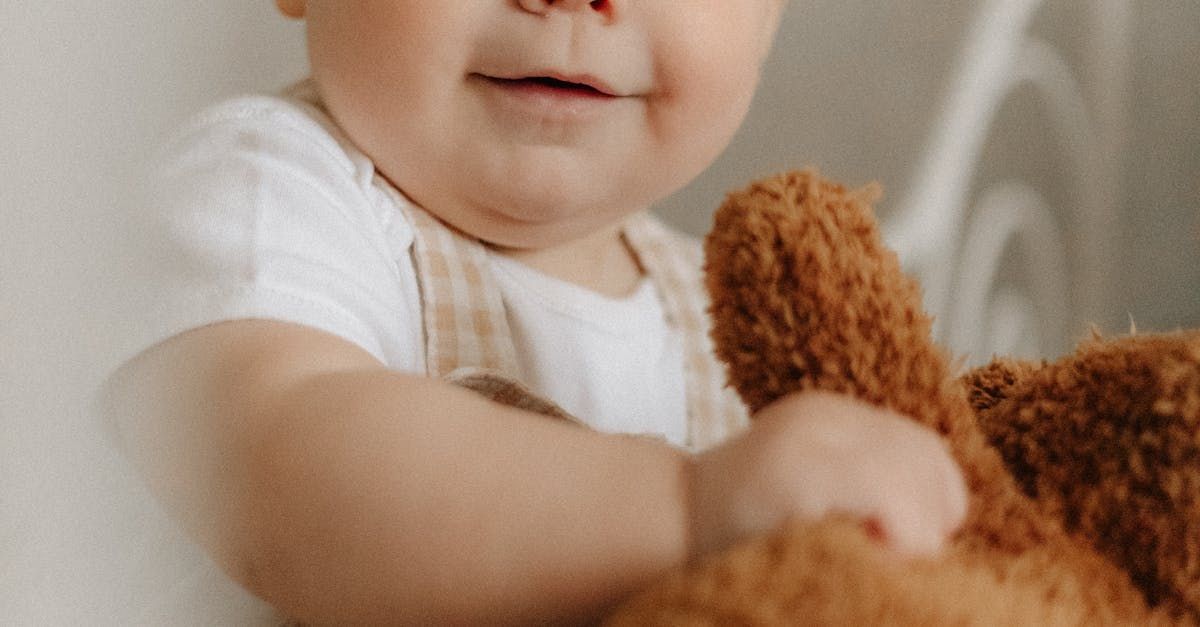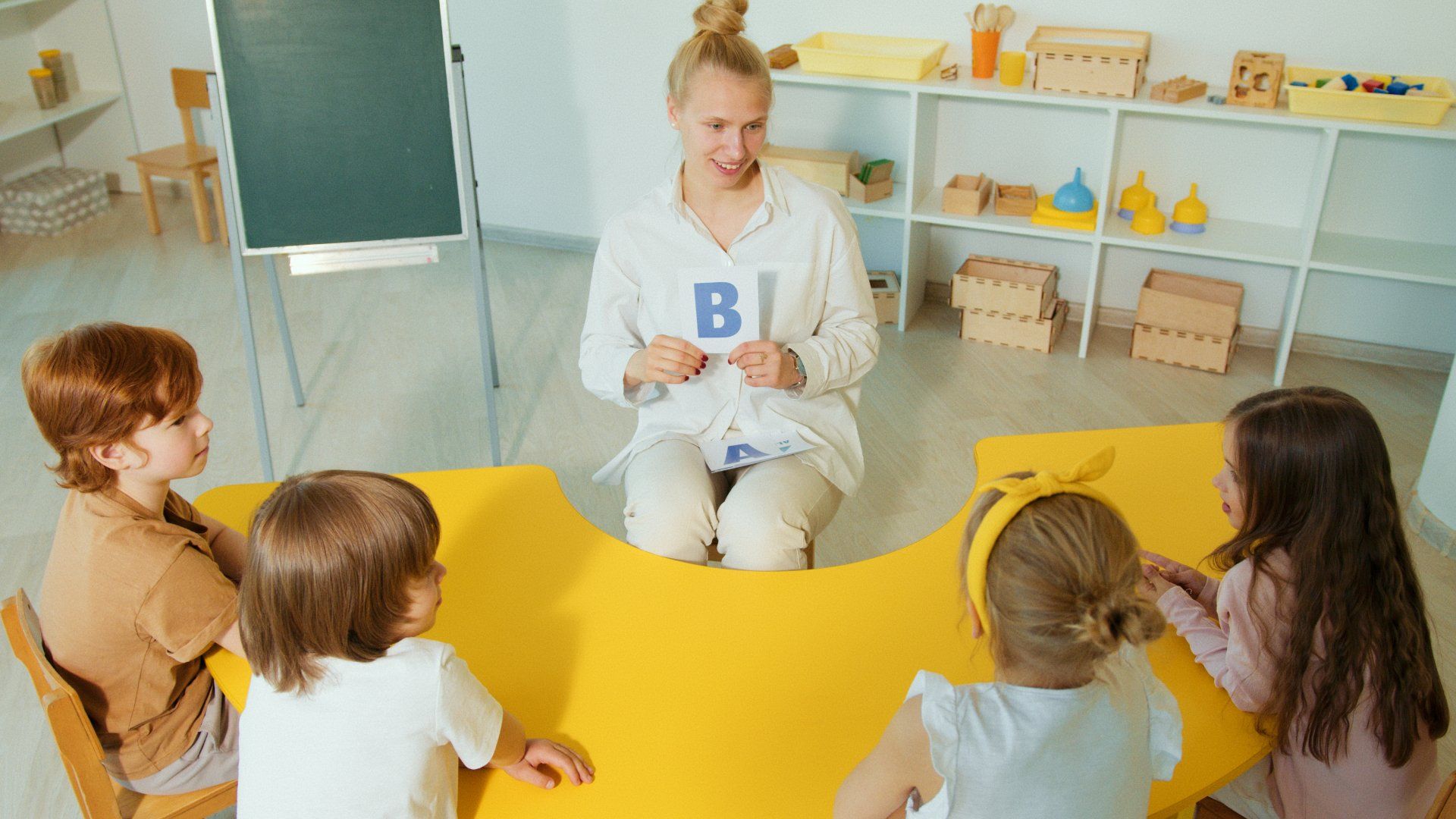Toilet Training Tips for Parents and Early Years Educators
Toilet Training Tips for Parents and Early Years Educators
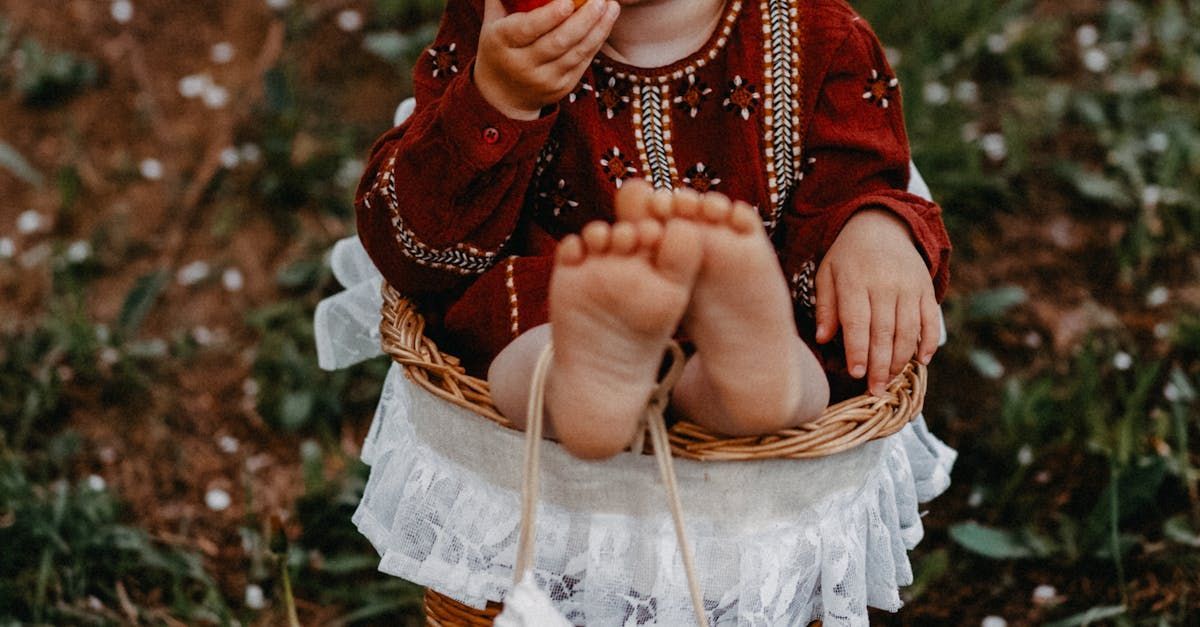
Toilet training is a significant milestone in a child’s development. It can be a challenging yet rewarding process for both children and caregivers. In this blog, we'll explore the signs of readiness, effective strategies, and tips to make toilet training a positive experience for children aged 0-5. Let's embark on this important journey together!
Understanding Toilet Training Readiness
Before starting toilet training, it’s essential to ensure that the child is ready. Here are some signs of readiness to look for:
- Physical Readiness:
- Staying dry for at least two hours at a time
- Having regular, predictable bowel movements
- Being able to sit down and stand up independently
- Emotional Readiness:
- Showing interest in using the toilet or wearing “big kid” underwear
- Expressing discomfort with wet or soiled nappies
- Demonstrating a desire to be more independent
- Cognitive Readiness:
- Understanding and following simple instructions
- Communicating the need to use the toilet
- Recognising the sensation of needing to go
Essential Toilet Training Supplies
Having the right supplies can make toilet training easier and more comfortable for both the child and the caregiver. Here’s what you’ll need:
- Potty Chair: A small, child-sized potty chair that is easy for the child to use.
- Step Stool: To help the child reach the toilet and wash their hands.
- Training Pants: Pull-up training pants for transitioning from nappies to underwear.
- Underwear: Comfortable, easy-to-remove “big kid” underwear.
- Wipes and Toilet Paper: For easy clean-up.
- Rewards and Incentives: Stickers, small toys, or a reward chart to motivate the child.
Step-by-Step Guide to Toilet Training
Toilet training can be approached in different ways, depending on the child’s readiness and the family’s lifestyle. Here’s a step-by-step guide:
1. Preparation:
- Introduce the Concept: Read books or watch videos about toilet training to familiarise the child with the process.
- Set Up a Routine: Encourage the child to sit on the potty at regular times, such as after meals or before bedtime.
2. Encouragement:
- Use Positive Reinforcement: Praise the child for sitting on the potty, even if they don’t use it initially.
- Model Behaviour: Let the child see family members using the toilet to understand how it’s done.
3. Training:
- Start with Potty Chair: Begin with a potty chair to make the child feel comfortable and secure.
- Transition to Toilet: Once the child is comfortable with the potty chair, introduce the regular toilet with a step stool.
- Encourage Independence: Allow the child to practice pulling down pants and sitting on the toilet independently.
4. Handling Accidents:
- Stay Calm: Respond to accidents calmly and without punishment.
- Offer Reassurance: Encourage the child to try again and reassure them that accidents are part of learning.
Tips for Successful Toilet Training
Toilet training can vary greatly from one child to another. Here are some tips to make the process smoother:
- Be Patient: Every child learns at their own pace. Avoid pressuring the child.
- Maintain Consistency: Stick to a routine to help the child understand what is expected.
- Use Rewards Wisely: Small rewards and praise can motivate the child, but avoid over-reliance on incentives.
- Stay Positive: Focus on successes and progress rather than setbacks.
- Involve Caregivers: Ensure that all caregivers follow the same toilet training approach for consistency.
Addressing Common Challenges
Toilet training may come with some challenges. Here are ways to address common issues:
- Fear of the Toilet: Gradually introduce the toilet and use a potty chair initially. Use fun toilet seats or step stools to make it more inviting.
- Regression: If the child regresses, assess for stress or changes in their environment. Reinforce routines and provide comfort.
- Night-Time Training: Night-time dryness may take longer. Use training pants at night and encourage toilet use before bedtime.
Real-Life Examples and Testimonials
Hearing from other parents and educators can be reassuring and inspiring. Here are some testimonials:
"Toilet training took some time, but staying patient and positive made all the difference. Now my daughter is so proud to use the toilet by herself." - Claire, mum of two.
"In our nursery, we make toilet training a fun and supportive process. The children love the reward charts and feel so accomplished!" - Lisa, early years educator.
"My son was afraid of the toilet at first, but using a potty chair and lots of encouragement helped him overcome his fear." - Tom, parent.
Conclusion
Toilet training is a significant milestone that requires patience, consistency, and positivity. By understanding the signs of readiness, having the right supplies, and following a step-by-step approach, you can make toilet training a successful and positive experience for your child. We encourage you to try these tips and share your experiences with us!
GLOBAL KIDS DAY CARE LIMEHOUSE
Lascar Wharf Community Centre, Limehouse, London, E14 7FN. | Tel: 0207 001 1210 Email: limehouse@globalkidsdaycare.co.uk
GLOBAL KIDS DAY CARE MILE END
21 Burdett Road, Mile End, London, E3 4TU. | Tel: 0208 980 1706 Email: mile-end@globalkidsdaycare.co.uk
GLOBAL KIDS DAY CARE ALDGATE EAST
52 Old Castle Street, Aldgate East, London E1 7AJ. | Tel: 0203 302 7800 / Mobile: 07823 770035 | Email: aldgateeast@globalkidsdaycare.co.uk
Opening Times: 8am - 6pm

